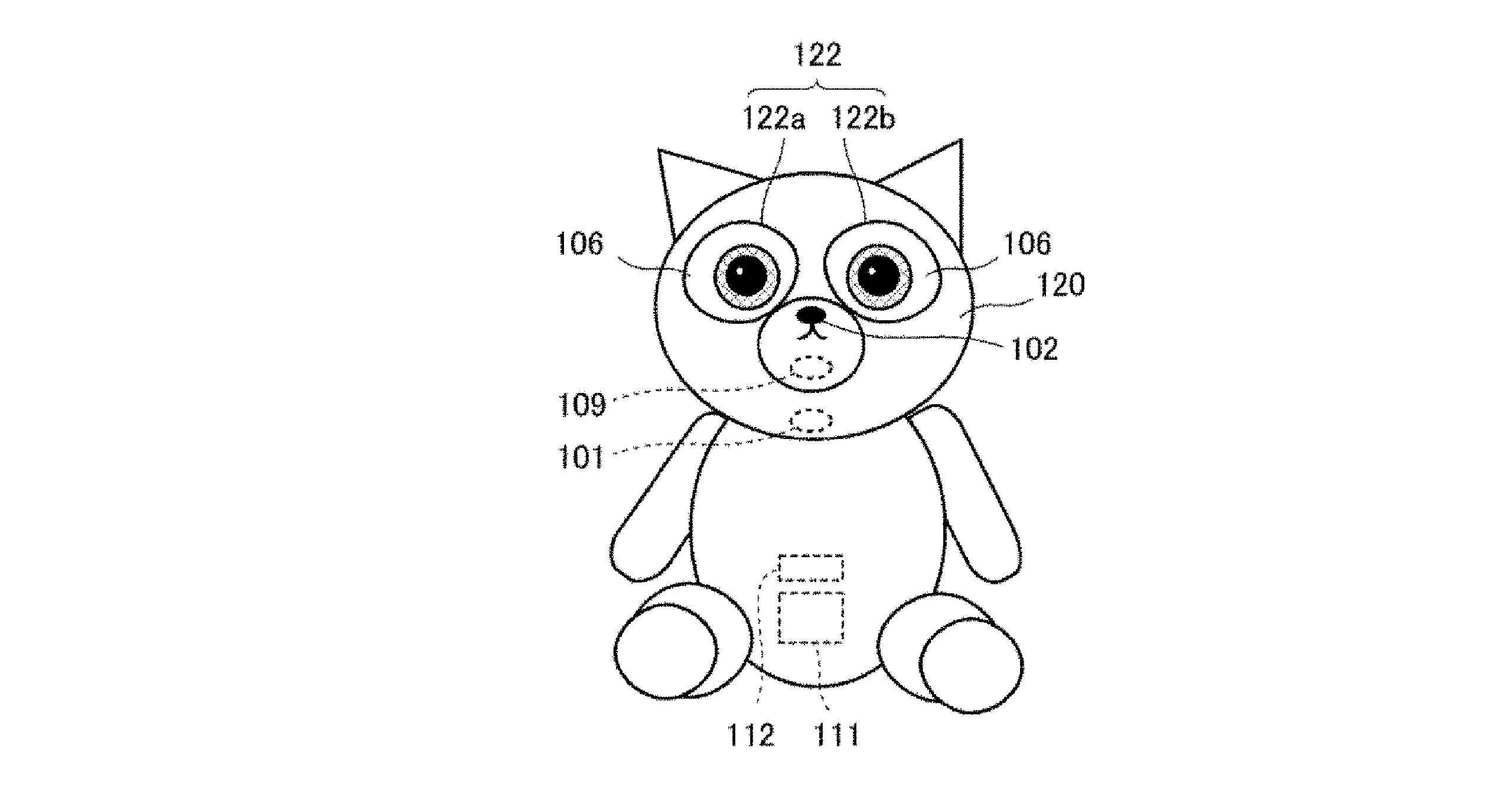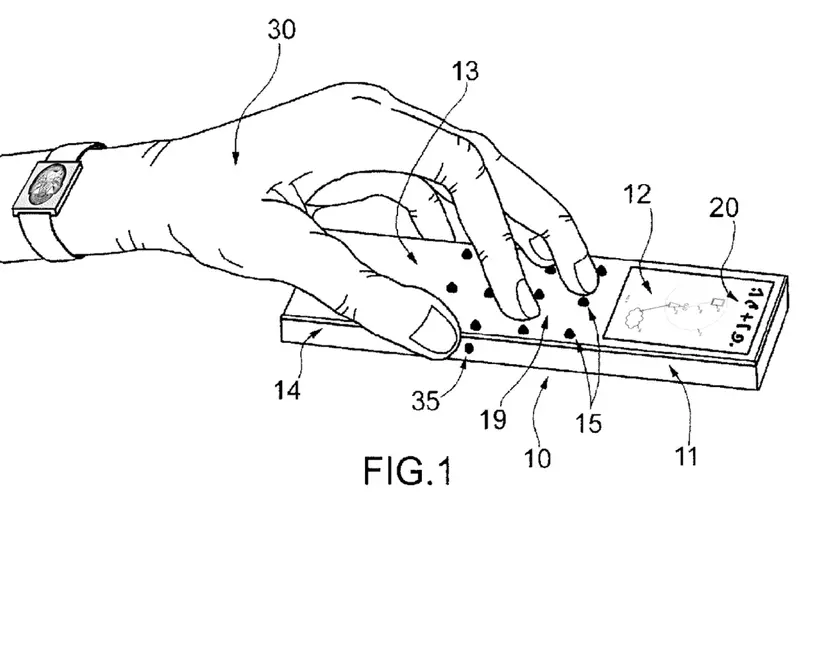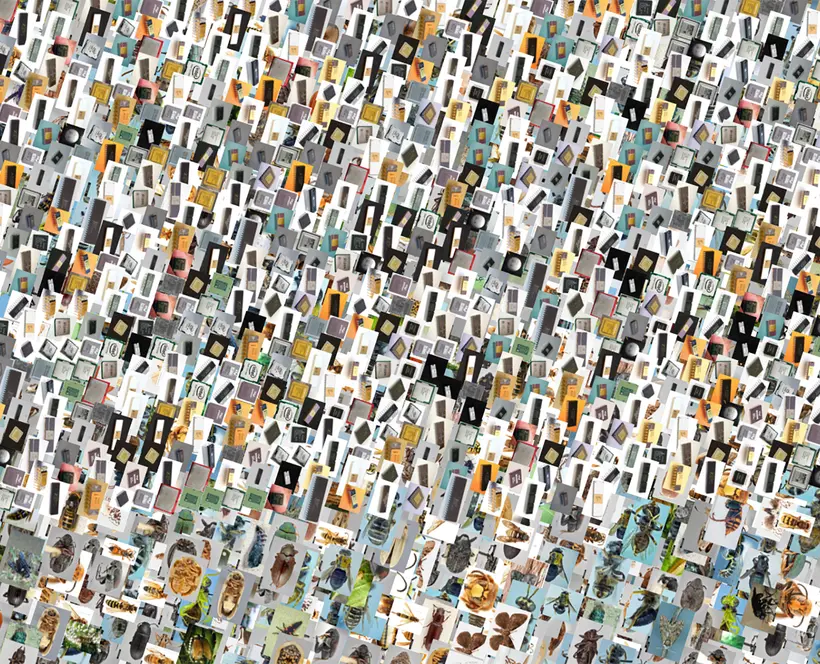Human and machine networks have an enormous impact on our lives and planet. The accelerated dependence of these visual systems has increased in recent years, superseding the role that even their creators and critics had envisioned.
This presentation introduces Imagin(in)g Networks, a year-long programme exploring the social, political, technological and environmental changes that enable human and machine interactions using images.
Over the next 12 months the programme will interrogate the role of the networked image and its impact in the world today. It will revisit discarded tools. It will analyse both the beneficial and harmful ramifications of existent technological ecologies. It will explore experimental offline and online approaches. And, looking forward, it will imagine what potential new models of visual networks might be.
The influence that images and visual information have had on the way we live and our understanding of our surroundings has grown exponentially. Since the birth of the photographic image in the 19th century, images have had a dominant role in our lives right up to modern day communications from news to entertainment. Digital technology, and in particular, the Internet has further accelerated this process. At a time when visual data accounts for most of the total online traffic, the Internet has radically altered the affect and position of images.
Image networks not only mediate between humans, machines and their environment as a means of representation or communication; their deep and complex influence has expanded far beyond. The visual and physical surface of the photograph once dominated our sense of what constituted an image. This has now been supplanted by the ecological, political, social and economic sub strata that fuels its networked presence. Created by engineers, computer scientists and hackers, the systems of image-circulation take place on different scales and structures organised according to their purpose. Alternative and experimental ways to interact with images coexist with the centralised and homogenous Internet of today. It is here that images are used as tools for constructing past, present and future realities.
These circuits have been essential to the currency of social media, the transformation of journalism, the expansion of the entertainment industries, and the development of machine learning. At the same time, technological developments have facilitated global phenomena andconcerns such as identity struggles, the emergence of new forms of social uprising, surveillance capitalism, micro-targeting for political, marketing and propaganda purposes and new forms of exploitative labour. Additionally, they have significantly burdened the global environmental crisis through increased energy consumption, mass physical infrastructures and mineral extraction.
Over the last year in particular, visual networks have reached new heights of importance. They have proven vital as a way for people to connect and communicate during the restrictions of the COVID-19 pandemic. This accelerated dependence on image networks has superseded the role that even their creators and critics envisioned.
Over the next 12 months Imagin(in)g Networks will interrogate the role and impact of the networked image. The programme aims to revisit discarded tools, analyse both the current beneficial and harmful ramifications of existent technological ecologies, explore experimental offline and online approaches, and imagine what potential new models of visual networks might look like.
On unthinking.photography we will collaborate with Disnovation’s Post Growth Toolkit, to question the ideological, social and biophysical factors that have precipitated the current environmental crises. The collective will produce a series of video interviews on speculative imaging and modelling challenging the dominant narratives about growth and progress, and supporting a paradigm shift and transformative imaginaries.



